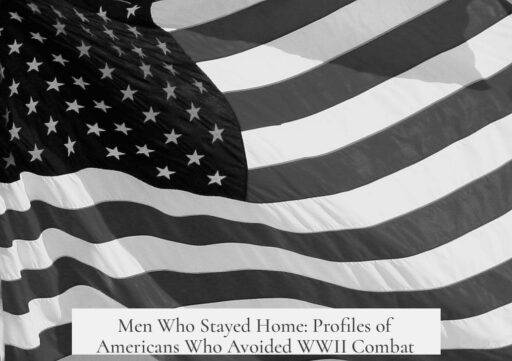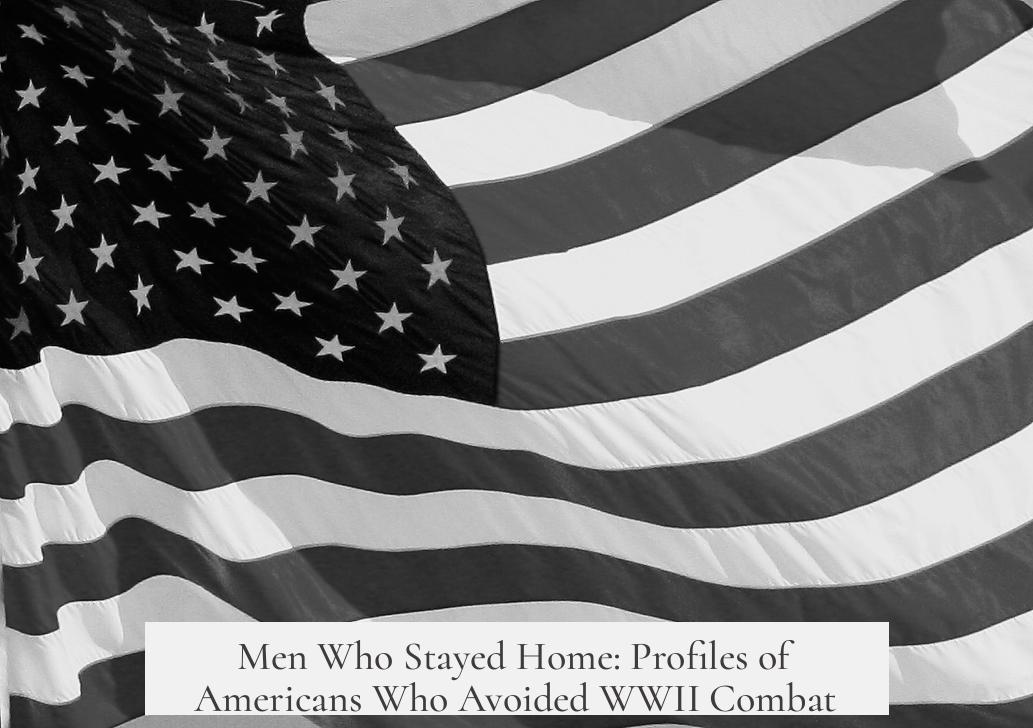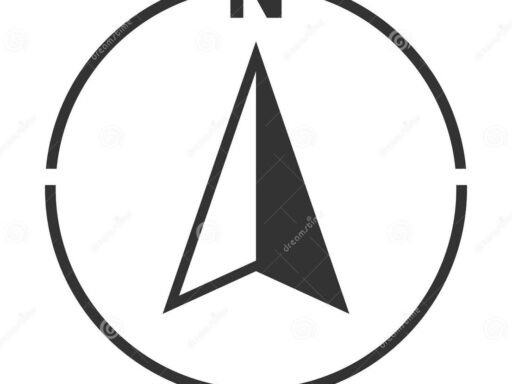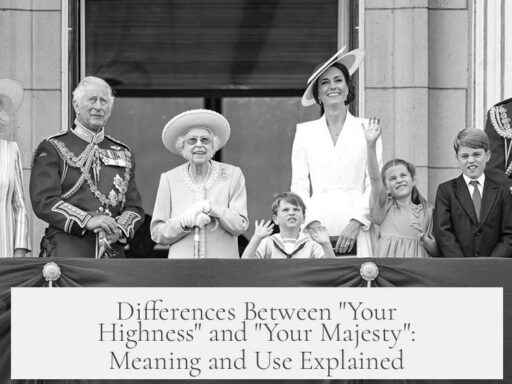During World War II, several categories of men in the United States did not go to war, either due to deferments, disqualifications, or conscientious choices. These men included those working in vital industries, those classified as physically or mentally unfit (4-F), married men or fathers with dependents initially, and conscientious objectors. Many faced social scrutiny, while others held important roles on the home front.
The Selective Service System managed the draft and deferments during the war. Men working in occupations deemed essential to national health, safety, or interest were often deferred. This included a special deferment for farmers after the 1942 “Tydings Amendment,” designed to keep agricultural production steady during the war. Factory workers contributing to war production were also deferred, as industrial work was critical to the war effort. Society generally respected these deferments, viewing such men as supporting the war indirectly rather than shirking duty.
Married men or those with dependents were initially given deferments to protect family stability. However, as the war progressed and manpower needs increased, these protections tightened. By late 1943, married men with children began to be drafted. Very few men were deferred solely on the grounds of hardship to dependents by the war’s end.
Age affected deferments significantly. In early 1944, the Selective Service prioritized drafting younger men aged 18 to 25. Older men were more likely to remain deferred due to either family responsibilities or occupational necessity. From mid-1944 onwards, men aged 26-37 increasingly faced induction, filling ranks as younger men were drafted in higher numbers.
The largest group exempted from service was men classified as physically, mentally, or morally unfit for military duty, designated as 4-F. These codes were assigned by local draft boards based on medical exams and moral evaluations. Approximately 6.5 million men, or nearly 40% of draftees, were classified 4-F during the war. This high rejection rate reflected both the strict standards and various demographic and health challenges among young men, many of whom grew up during the economically difficult Great Depression.
Physical reasons for 4-F classifications included injury, illness, or disabilities. Mental fitness assessments often involved psychological testing, but some evaluations were imperfect due to overworked or inexperienced examiners. Moral unfitness covered various subjective grounds, including behaviors considered incompatible with military service. African Americans faced disproportionate 4-F classifications largely due to systemic discrimination and inequities in education and health, rather than purely physical conditions. Gay men were officially a small fraction of 4-F, but many more likely fell under “moral” disqualifications.
Socially, men who did not serve faced mixed perceptions. Those contributing in vital war industries were usually respected. However, men classified 4-F or deferred without clear reasons could face stigma. Masculinity at the time was closely tied to military service, and non-serving men sometimes felt inferior or socially marginalized. Women typically preferred men who had served. Some 4-F men struggled socially, including difficulties in dating and marriage. Families of 4-F men sometimes faced community suspicion or blame. Media of the era even suggested mothers were responsible for their sons’ exemption status, reflecting societal pressures.
Interestingly, men who did not serve often had an advantage after the war. They remained in their civilian jobs, gaining seniority and maintaining social stability. When millions of returning veterans re-entered the labor market simultaneously, competition was fierce. Non-serving men generally had less disruption to their careers and personal lives.
There were also conscientious objectors who refused combat on moral or religious grounds. Although less common in the U.S. than in Britain, tens of thousands objected. Many were assigned to noncombatant roles or alternative service supporting the war effort.
Some high-profile men did not serve. For example, actor John Wayne, known for playing military heroes, never enlisted due to various personal and medical reasons. His absence from active duty exemplified how cultural figures sometimes avoided service without public backlash, especially if they contributed to morale or public support through entertainment.
| Category | Reason for Non-Service | Approximate Scale | Social Perception |
|---|---|---|---|
| Men in Vital Industries | Deferments to support war economy and agriculture | Millions, including farmers and factory workers | Highly respected; seen as essential |
| Married Men and Fathers | Initial deferments to protect families, later reduced | Reduced after 1943, minority by war end | Generally accepted, but sentiment shifted as drafting expanded |
| Physical / Mental / Moral Unfit (4-F) | Medical, psychological, or moral disqualifications | Approx. 6.5 million (40% of draftees) | Mixed; stigma for some, sympathy or suspicion from others |
| Conscientious Objectors | Religious or moral opposition to combat | Over 60,000 in WWII U.S. | Varied; often marginalized but legally recognized |
Overall, men who did not serve during WWII in the U.S. comprised a complex group shaped by health, age, family status, occupational importance, and personal conscience. Though active military service was the norm and socially valorized, many non-serving men played crucial roles at home or reflected broader demographic realities. The Selective Service’s evolving policies tried to balance military needs with preserving essential civilian sectors.
Key takeaways:
- Many men avoided frontline service due to deferments for vital jobs, family responsibilities, or classification as physically or mentally unfit (4-F).
- 4-F classification affected roughly 6.5 million men, reflecting health and moral standards and sometimes discrimination.
- Social attitudes varied; war workers earned respect, while some 4-F men faced stigma linked to masculinity ideals.
- Conscientious objectors formed a smaller but visible group rejecting combat on moral grounds.
- Non-serving men often had advantages post-war, retaining jobs and social stability as veterans reintegrated.
- Draft policy shifted over time, reducing deferments for fathers and older men to meet military manpower needs.
Who were classified as 4-F and why did they not serve in WWII?
4-F men were found physically, mentally, or morally unfit for service. The Selective Service aimed to avoid wasting resources on those unlikely to perform well. These men faced local civilian boards that decided draft eligibility.
Did men with families get deferments during WWII?
Early in the war, married men and those with dependents often received deferments. However, from late 1943, many were drafted as these exemptions tightened, except for cases of extreme hardship.
Were all young men automatically drafted during the war?
Not all young men were drafted right away. Age-based reviews in 1944 prioritized younger men, mainly ages 18-25. Older men were deferred more often unless the need for soldiers increased.
What types of jobs allowed men to avoid military service?
Men working in essential fields like farming, health, or safety often received deferments. Farmers gained a special category after the 1942 Tydings Amendment, emphasizing their role in national interest.
How did social views affect men who did not serve?
Non-serving men, especially 4-Fs, faced stigma. Military service was tied to masculinity. They struggled with relationships and sometimes pretended to serve to avoid social shame.




